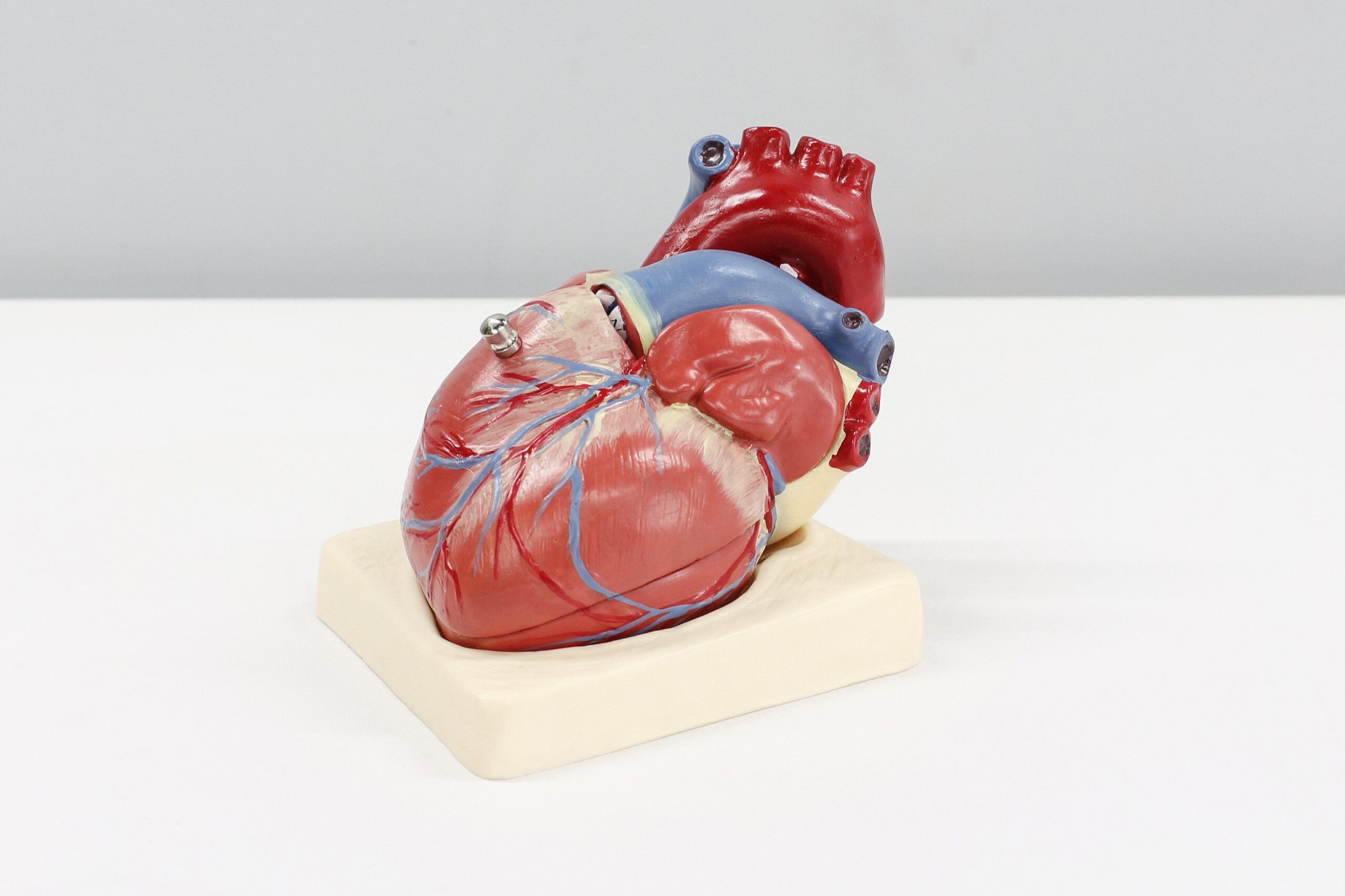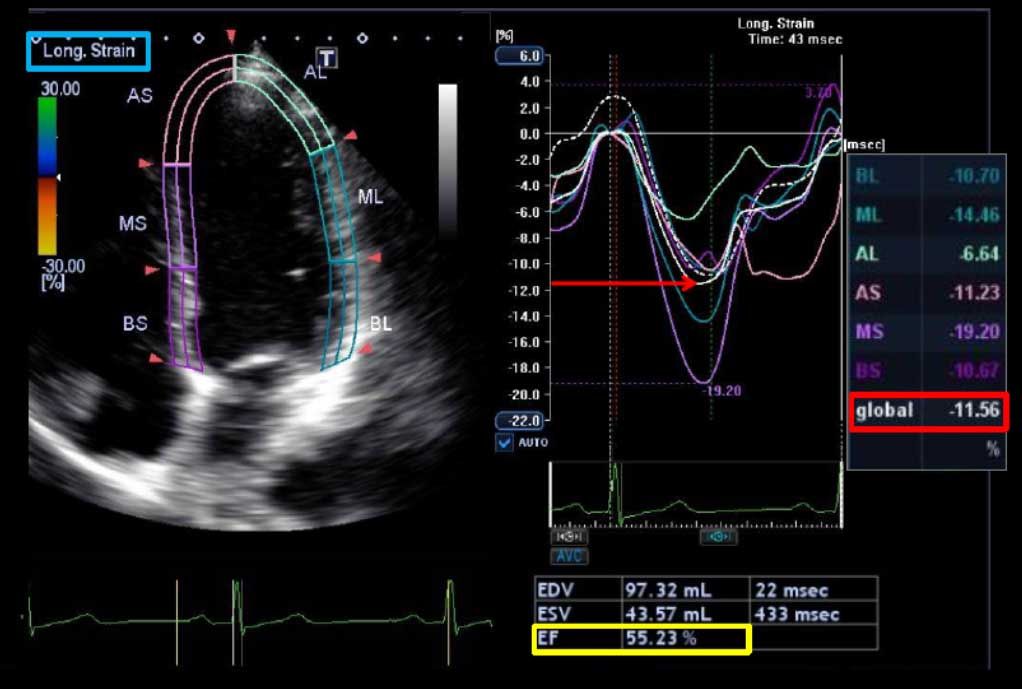2014 AHA/ACC Guideline for the Management of Patients with Non-ST-Elevation Acute Coronary Syndromes (NSTE-ACS): 10 Points to Remember
The new guideline emphasizes the pathophysiologic continuum of unstable angina and NSTEMI and their frequently indistinguishable clinical presentations. In terms of treatment, another notable element of the new guideline, is the recognition that while an early invasive strategy for patients with NSTE-ACS with significant coronary artery disease is generally accepted, low-risk patients can substantially benefit from guideline-directed medical therapy. Guideline-directed medical therapy has not always been optimally utilized and advances in noninvasive testing have the potential to identify patients with NSTE-ACS at low-intermediate risk to distinguish candidates for invasive versus medical therapy.
In addition, the guideline recognizes important, developing clinical areas requiring further research such as the utility of combined, potent antithrombotic and anticoagulant therapy in certain patient groups, appropriate application of new, high-sensitivity troponins, and the proper selection of high-risk elderly patients and women for interventional therapy. The guideline also contains expanded recommendations regarding discharge, such as education about symptoms, risk modification, routine medication with dual antiplatelet therapy, cholesterol management, referral to cardiac rehabilitation, and other guideline-directed medical therapy.
The following are 10 points to remember about this guideline:
1. Patients with suspected ACS should be risk stratified based on the likelihood of ACS and adverse outcome(s) to decide on the need for hospitalization and assist in the selection of treatment options.
2. In patients with chest pain or other symptoms suggestive of ACS, a 12-lead electrocardiogram (ECG) should be performed and evaluated for ischemic changes within 10 minutes of the patient’s arrival at an emergency facility.
3. Cardiac-specific troponin (troponin I or T with a contemporary assay) levels should be measured at presentation and 3-6 hours after symptom onset in all patients who present with symptoms consistent with ACS to identify a rising and/or falling pattern.
4. Oral beta-blocker therapy should be initiated within the first 24 hours in patients who do not have any of the following: 1) signs of heart failure, 2) evidence of low-output state, 3) increased risk for cardiogenic shock, or 4) other contraindications to beta blockade (e.g., PR interval > 0.24 second, second- or third-degree heart block without a cardiac pacemaker, active asthma, or reactive airway disease).
5. High-intensity statin therapy should be initiated or continued in all patients with NSTE-ACS and no contraindications to its use.
6. A P2Y12 inhibitor (either clopidogrel or ticagrelor) in addition to aspirin should be administered for up to 12 months to all patients with NSTE-ACS without contraindications who are treated with either an early invasive or ischemia-guided strategy. P2Y12 inhibitor therapy (clopidogrel, prasugrel, or ticagrelor) continued for at least 12 months is indicated in post–percutaneous coronary intervention (PCI) patients treated with coronary stents. It is reasonable to use ticagrelor in preference to clopidogrel for P2Y12 treatment in patients with NSTE-ACS who undergo an early invasive or ischemia-guided strategy. It is also reasonable to choose prasugrel (initiated during PCI) over clopidogrel for P2Y12 treatment in patients with NSTE-ACS who undergo PCI who are not at high risk of bleeding complications.
7. In patients with NSTE-ACS, anticoagulation, in addition to antiplatelet therapy, is recommended for all patients irrespective of initial treatment strategy. In patients with NSTE-ACS, anticoagulant therapy should be discontinued after PCI unless there is a compelling reason to continue such therapy.
8. An urgent/immediate invasive strategy (diagnostic angiography with intent to perform revascularization if appropriate based on coronary anatomy) is indicated in patients with NSTE-ACS who have refractory angina or hemodynamic or electrical instability (without serious comorbidities or contraindications to such procedures). An early invasive strategy (diagnostic angiography with intent to perform revascularization if appropriate based on coronary anatomy) is indicated in initially stabilized patients with NSTE-ACS (without serious comorbidities or contraindications to such procedures) who have an elevated risk for clinical events. An early invasive strategy (i.e., diagnostic angiography with intent to perform revascularization) is not recommended in patients with extensive comorbidities (e.g., hepatic, renal, pulmonary failure, cancer), in whom the risks of revascularization and comorbid conditions are likely to outweigh the benefits of revascularization and those with acute chest pain and a low likelihood of ACS who are troponin-negative, especially women.
9. All eligible patients with NSTE-ACS should be referred to a comprehensive cardiovascular rehabilitation program either before hospital discharge or during the first outpatient visit.
10. An evidence-based plan of care (e.g., guideline-directed medical treatment) that promotes medication adherence, timely follow-up with the healthcare team, appropriate dietary and physical activities, and compliance with interventions for secondary prevention should be provided to patients with NSTE-ACS. In addition to detailed instructions for daily exercise, patients should be given specific instruction on activities (e.g., lifting, climbing stairs, yard work, and household activities) that are permissible and those to avoid. Specific mention should be made of resumption of driving, return to work, and sexual activity.
Source:
CardioSource


